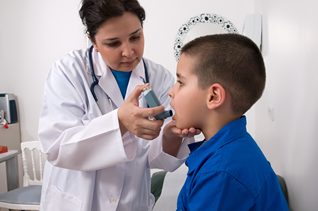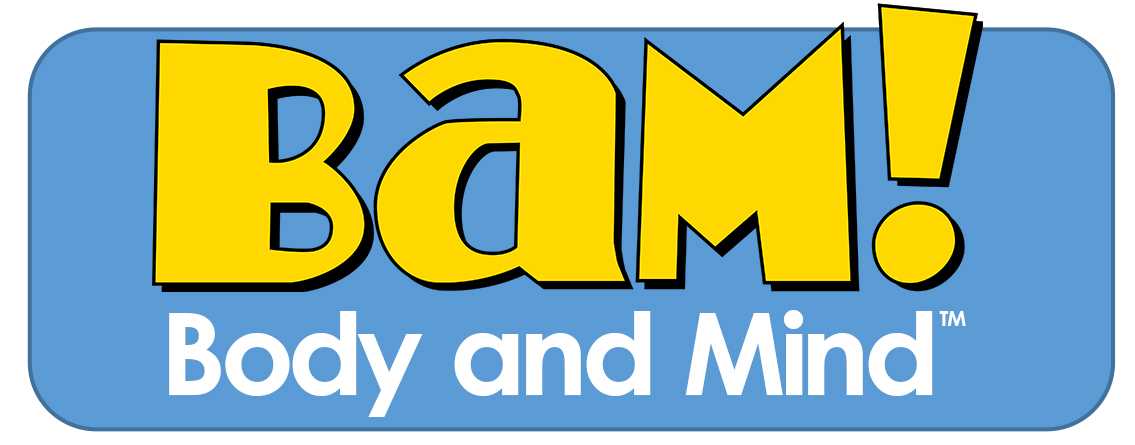Asthma in Schools
Asthma Facts

Asthma is a leading chronic illness among children and adolescents in the United States. It is also one of the leading causes of school absenteeism. On average, in a classroom of 30 children, about 3 are likely to have asthma. Low-income populations, minorities, and children living in inner cities experience more emergency department visits, hospitalizations, and deaths due to asthma than the general population.1
When children and adolescents are exposed to things in the environment—such as dust mites, and tobacco smoke—an asthma episode can occur. These are called asthma triggers. Asthma symptoms can be controlled by avoiding triggers and taking medications prescribed by a health care provider, if needed. Asthma is common but treatable: using treatment based on current scientific knowledge reduces illness and future episodes.2
Basic Facts about Asthma (English)
Datos Básicos sobre el Asma (Spanish)
Asthma FastStats
Managing Asthma in Schools

Asthma-friendly schools are those that make the effort to create safe and supportive learning environments for students with asthma. They have policies and procedures that allow students to successfully manage their asthma. Research and case studies that looked at ways to best manage asthma in schools found that successful school-based asthma programs—
- Establish strong links with asthma care clinicians to ensure appropriate and ongoing medical care
- Target students who are the most affected by asthma at school to identify and intervene with those in greatest need
- Get administrative buy-in and build a team of enthusiastic people, including a full-time school nurse, to support the program
- Use a coordinated, multi-component and collaborative approach that includes school nursing services, asthma education for students and professional development for school staff
- Provide appropriate school health services for students with asthma, ensuring that students take their medicines and learn to use them when appropriate
- Provide asthma education for students with asthma and awareness programs for students, school staff, parents, and families
- Provide a safe and healthy school environment to reduce asthma triggers
- Offer safe and enjoyable physical education and activities for students with asthma
- Support evaluation of school-based programs and use adequate and appropriate outcome measures
Strategies for Addressing Asthma within a Coordinated School Health Program [PDF – 6.27MB]
Resources
References
- American Lung Association, Epidemiology and Statistics Unit, Research and Program Services. Trends in Asthma Morbidity and Mortality. January 2009.
- Akinbami LJ. The State of Childhood Asthma [PDF – 365 KB], United States, 1980-2005. Advance Data from Vital and Health Statistics: No. 381, Revised December 29, 2006. Hyattsville, MD: National Center for Health Statistics, 2006.
- Page last reviewed: May 9, 2017
- Page last updated: May 9, 2017
- Content source:



 ShareCompartir
ShareCompartir